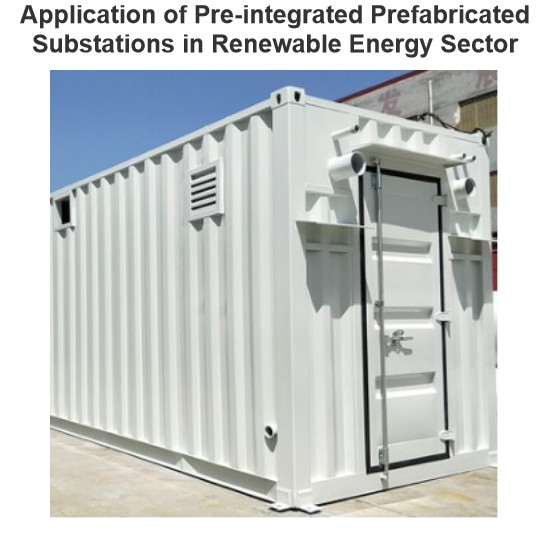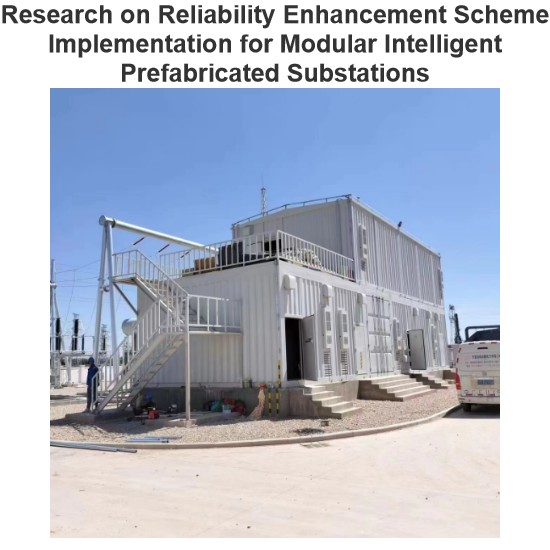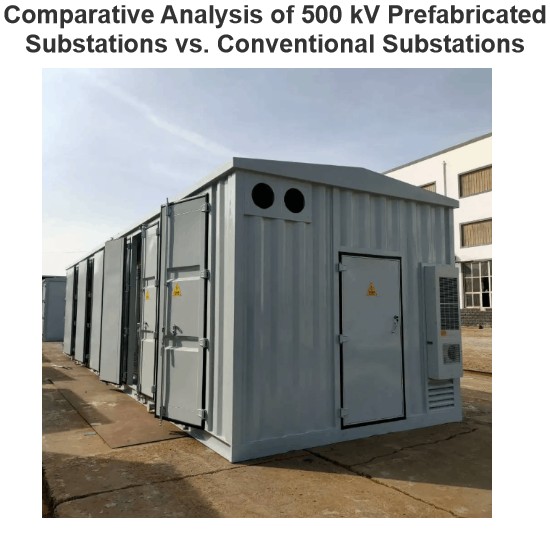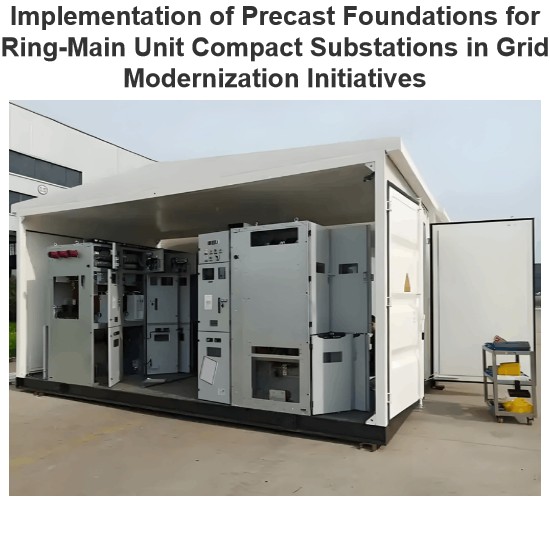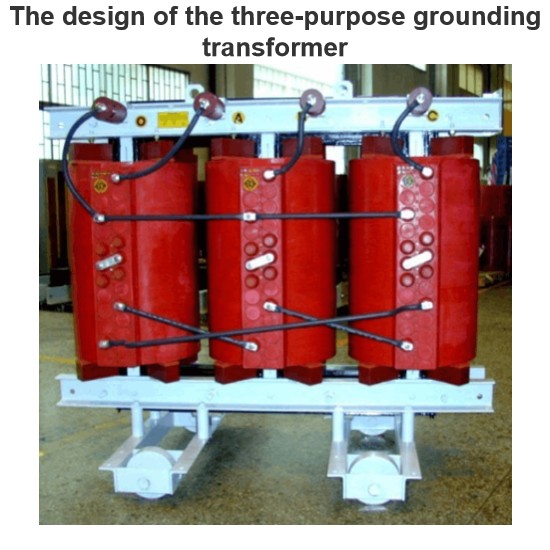| Brand | Wone |
| Model NO. | Outdoor portable power station |
| Rated Output Rating | 0.6kW |
| Energy storage capacity | 0.5kWh |
| Series | Portable power station |
Peculiarity:
Light weight, high capacity, stable power.
Rich interface, compatible with USB-A,USB-C,DC interface, cigarette lighter and other mainstream DC interface, and can provide 20~100W stable output.
Complete protection functions, high safety performance.
Support battery pack voltage and capacity customization to meet different use environments.
Mature technology, long cycle life.
Modular design, high power density, easy maintenance
Technical parameter:
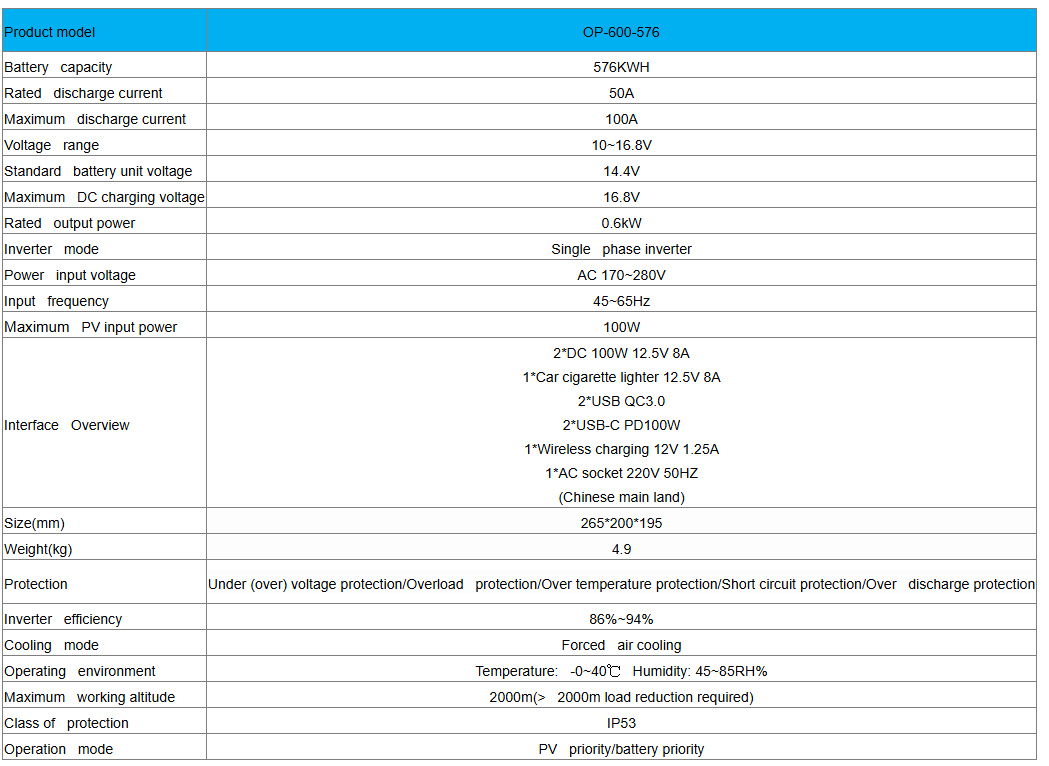
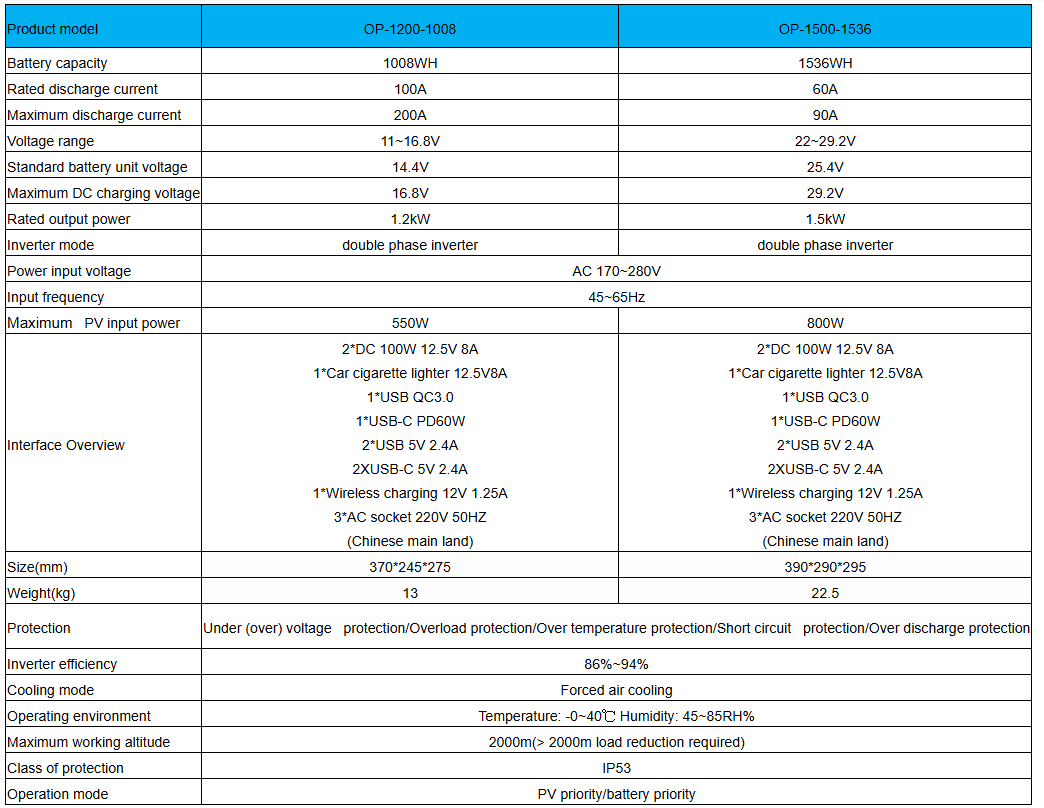
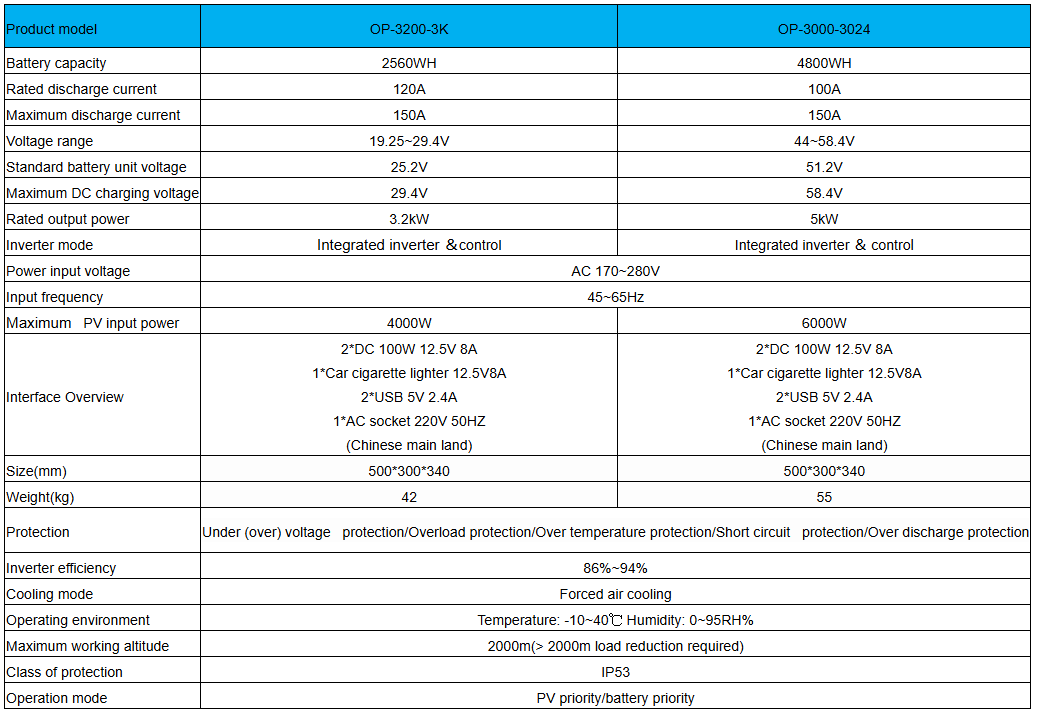
NOTE:
Optional AC socket

Optional AC socket output standard:
220V 50HZ / 230V 50HZ / 230V 60HZ/
110V 60HZ / 110V50HZ
The output electric energy standard is applicable to most countries or regions such as Chinese mainland, Hong Kong, Macao, North Korea,Japan,Australia, South Asia, the Middle East, Europe, Africa, South America, etc., and customers in non-above regions can customize according to the customer's local electric energy standard.
How does a portable power station work?
Overview of working principle.
The main working principle of a portable power station is to store electrical energy through energy storage units (such as battery packs) and convert the stored electrical energy into alternating current (AC) when needed for use by various electrical appliances. The specific working process is as follows:
Energy storage:Portable power stations store electrical energy through battery packs. These battery packs usually use lithium-ion battery technology because they have high energy density and a long service life.
Energy management:The battery management system (BMS) monitors the state of the battery, including parameters such as voltage, current, and temperature, and optimizes the battery's charging and discharging process through algorithms to ensure the safe and efficient operation of the battery.The energy management system (EMS) is responsible for the operation strategy of the entire system, including when to charge, when to discharge, and how to optimize energy distribution.
Energy conversion:The inverter converts the direct current (DC) in the battery pack into alternating current (AC) for use by household appliances, electronic devices, etc.The inverter is also responsible for ensuring the quality of the output electrical energy, such as voltage stability and accurate frequency.
Energy release:When electricity is needed, the stored direct current is converted into alternating current through the inverter and output to terminal devices for use through sockets or other interfaces.

